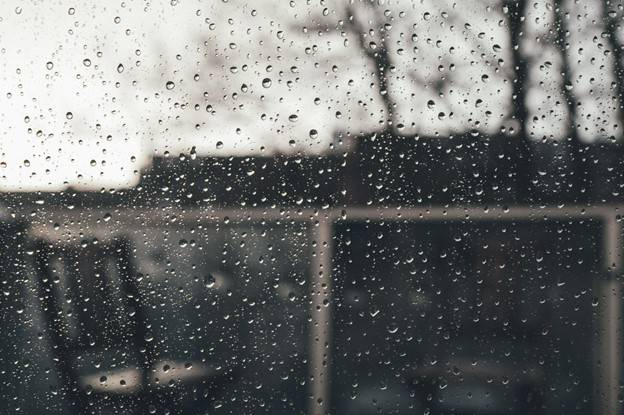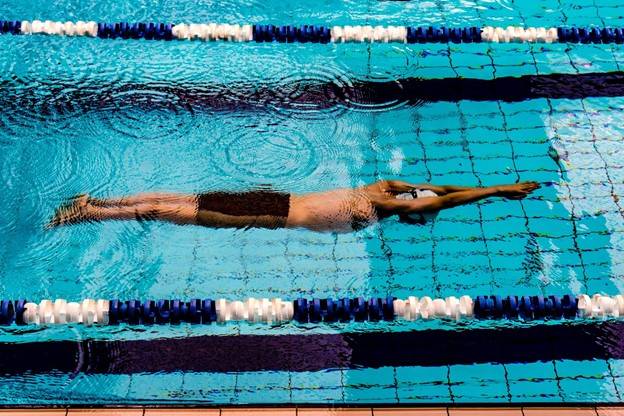
April 2022. This article is independently written by Shelby Golding. All opinions given are hers. Shelby has been certified as a personal trainer and nutritional specialist since 2007. In 2008, she found her passion for writing about these topics and hasn't looked back.

The joints are some of the most complex physiological areas of your body. Joints exist where two bones meet- a blend of muscles, tendons, ligaments, tissue, and cartilage. Temperature, pressure, and movement all play a role in whether your joints feel the weather change.
Keep reading to learn how bad weather affects joints and what you can do to prevent joint pain.
Temperature, Pressure, and Movement
Low temperatures equal stiff joints. Your joints are full of synovial fluid, a liquid responsible for smooth, pain-free movement. Your synovial fluid thickens when the temperature drops, and movement will be more painful. You will need to manually warm up the fluid in your joints during particularly cold days.
Meanwhile, the barometric pressure drops during bad weather, making the cartilage, tendons, and scar tissue in your joints expand and contract. Sensitive nerves get irritated, and tissues start to swell. The change in pressure in the joints causes joint pain, especially in those with arthritis.
Barometric pressure is the weight of the atmosphere. Humidity, temperature, and altitude all affect barometric pressure. For example, one 2015 study found that a group of people with osteoarthritis felt the change in humidity more in cold weather conditions. However, many studies on joints and temperature are not consistent day-to-day, which leads to uncertain conclusions.
Who Is Affected?
Joints affected by arthritis are inflamed because the cartilage breaks down, and the bones begin to rub together. As a result, the joints are stiff, especially after long periods of stillness. The nerves in the joints are already irritated by the bones rubbing together, and the change in barometric pressure only makes it worse by causing the tissues to swell.
Bad weather also affects circulation. For people with neck or back pain, the blood flow to the muscles, tendons, and ligaments slows down. The lack of blood flow makes the tissues in your body tighten, which increases the pull on the spine and surrounding nerves—poor circulation results in tight muscles and stiffness all over the body. During especially cold days, you need to be extra careful to warm up before doing any strenuous exercise to avoid an injury.
Old sports injuries and healed musculoskeletal problems might flare up again during the bad weather. This is because sites of old injuries are sensitized from how your body compensates during healing. For example, the drop in barometric pressure causes the tissues of your body to expand, which irritates nerves and results in pain.
Age is another factor when it comes to joint pain in bad weather. Cartilage in the joints wears down with age and use. This causes sensitivity in the joints where the bones have begun grinding against each other. The ligaments in the joints also shorten and lose flexibility, which causes stiff joints.
Despite a lack of evidence, many people claim that the bad weather is a cause of their joint pain. Fortunately, once you’ve identified the connection, you can start to treat it.
How to Ease Weather-Related Joint Pain

Try a few of these tricks to ease weather-related joint pain.
-
Move somewhere with warm weather: As people get older, extreme weather does more than affect their joints. For example, snow makes them lose body heat faster and increases the likelihood of a bad fall.
-
Keep warm: Try taking a warm bath or shower, keeping the temperature of your house high, or adding layers to combat the cold weather outdoors. You might even want to invest in a heated blanket for your bed!
-
Get moving: Movement gets the synovial fluid moving and prevents stiffness and pain. Also, every pound of weight you gain adds an extra three pounds of pressure to your joints. Exercise regularly to avoid becoming overweight or obese to save your joints the added stress.
-
Stay healthy: Adopt a healthy lifestyle to prevent inflammation, which can aggravate issues like arthritis and neck and back pain. This includes eating an anti-inflammatory diet with plenty of fruits and vegetables, getting quality sleep, and taking care of your mental health.
- Find an indoor pool: Working out in a pool takes the pressure off your joints. You will also stretch and strengthen a lot of your body.
Bad Weather = Worse Pain
Remember, you don’t have to deal with your pain alone. Apply your Kailo pain patch near your aching joints and breathe a deep sigh of relief. A recent clinical study showed that 97% of users were extremely satisfied with Kailo over oral medication, and a majority of patients stop medication when using Kailo for pain relief.
Disclaimer: Kailo should not be used if you have a pacemaker or if you are pregnant. Always consult your doctor or health care professional before using Kailo.






